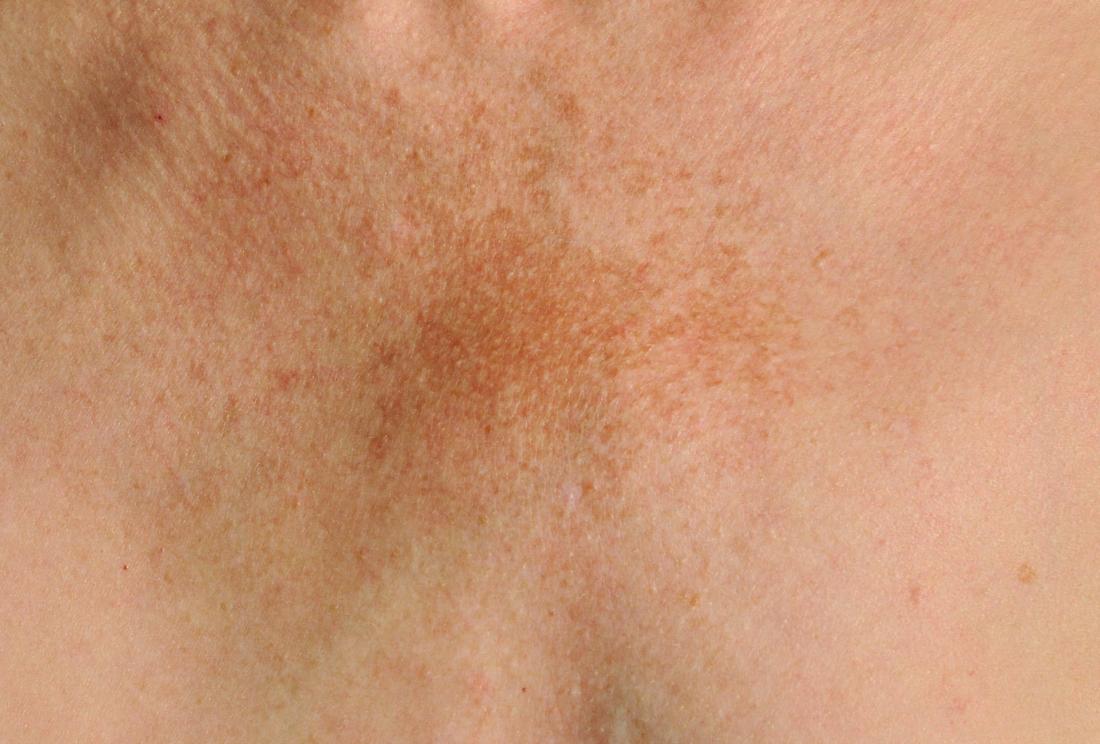
Melasma: Understanding, Treatment, and Prevention
What is Melasma?
Melasma is a common skin condition characterized by brown or gray-brown patches on the face. The hyperpigmentation typically appears on the cheeks, bridge of the nose, forehead, chin, and above the upper lip. Less commonly, melasma can occur on other parts of the body that are exposed to the sun, such as the forearms and neck. It often affects women more than men and is sometimes referred to as "the mask of pregnancy" due to its frequent occurrence in pregnant women.
According to the American Academy of Dermatology (AAD), melasma is not harmful, but it can significantly impact the appearance. Understanding and treating melasma is vital for those looking to address these changes in skin pigmentation. Learn more about melasma.
Causes of Melasma
Melasma results from the overproduction of melanin by melanocytes. Several factors can trigger or exacerbate this overproduction:
- Sun Exposure: Ultraviolet (UV) rays from the sun stimulate melanocytes, and even a small amount of sun exposure can make melasma return after fading.
- Hormonal Changes: Changes in hormones, such as those occurring during pregnancy or from oral contraceptives, can cause melasma.
- Genetic Predisposition: People with a family history of melasma are more likely to develop it.
- Skin Care Products: Products that irritate the skin may worsen melasma.
Who Gets Melasma?
Melasma is most common in women, particularly pregnant women or those on birth control pills or hormone replacement therapies. It also appears more frequently in people with darker skin tones, such as those of Latin/Hispanic, African, or Asian descent, due to having more active melanocytes. Researchers suggest that around 10% of cases occur in men.
Symptoms and Diagnosis
Melasma presents as:
- Brownish patches of varying shades
- Symmetrical and blotchy in appearance
- Occurs typically on facial areas but can also appear on sun-exposed body parts
Dermatologists usually diagnose melasma by visually inspecting the affected areas. In some cases, a Wood’s light (black light) examination may be utilized to see the level of pigmentation in the skin. More on skin diagnosis techniques.
Management and Treatment
Treatment Approaches:
- Sun Protection: The cornerstone of melasma treatment is strict sun protection. Use broad-spectrum sunscreen with an SPF of at least 30 that offers both UVA and UVB protection and contains mineral blockers like zinc oxide or titanium dioxide.
- Topical Medications:
- Hydroquinone: Often considered the first line of treatment. Available over the counter in low concentrations or by prescription in higher concentrations. FDA Hydroquinone information.
- Tretinoin and Corticosteroids: Often prescribed in combination with hydroquinone to enhance skin penetration and reduce inflammation.
- Other Agents: Include azelaic acid, kojic acid, and tranexamic acid. These agents are alternatives for individuals who cannot tolerate hydroquinone.
- Procedural Treatments: Procedures might include chemical peels, laser therapy, microneedling, or microdermabrasion. However, caution is essential as procedures may cause pigmentation changes, particularly in darker skin types.
Experimental Treatments:
Ongoing research includes looking into the effectiveness of oral medications like tranexamic acid, which shows promise but should be taken under medical supervision due to potential side effects.
Prevention
The best prevention strategy against melasma is sun avoidance. Additional steps include:
- Wearing a wide-brimmed hat when outdoors.
- Using sunscreen every day, even on cloudy days.
- Avoidance of known skin irritants.
Remember to reapply sunscreen every two hours and after swimming or sweating.
Living with Melasma
While melasma can often fade with adequate treatment and avoidance of triggers, it might persist. It's crucial to follow dermatologist-recommended care plans and establish a sound skincare routine. Managing melasma involves patience, as treatments take time to show improvement.
When to Seek Professional Help
Consider consulting a dermatologist if the condition worsens, if there are significant emotional impacts from the appearance of melasma, or if over-the-counter treatments do not yield noticeable improvements within a few months.
Questions for Your Dermatologist
- What treatment options are most suitable for my skin type?
- How long will it take to see results from treatment?
- Are there specific skincare products I should avoid?
- What steps can I take to prevent melasma from returning after treatment?
Melasma can be challenging, but many successful treatments exist. Regular skin checks and consultations with a dermatologist can help maintain skin health and manage conditions like melasma effectively.
Additional Resources

Identify Skin Conditions Instantly
Try Rash ID for Free